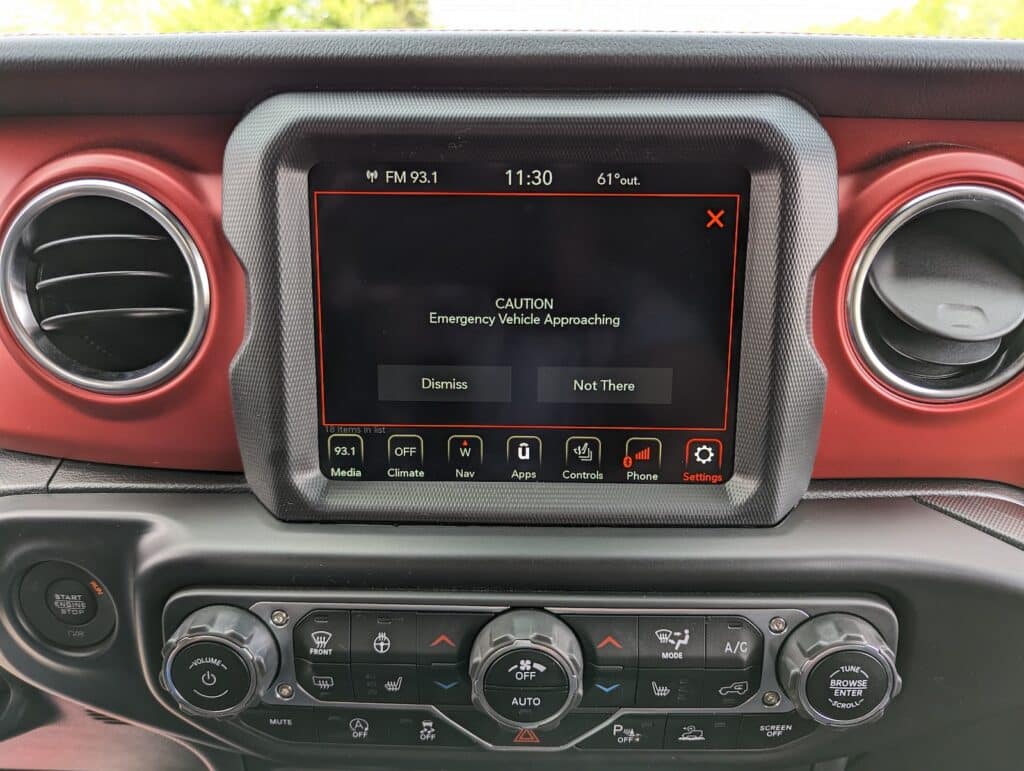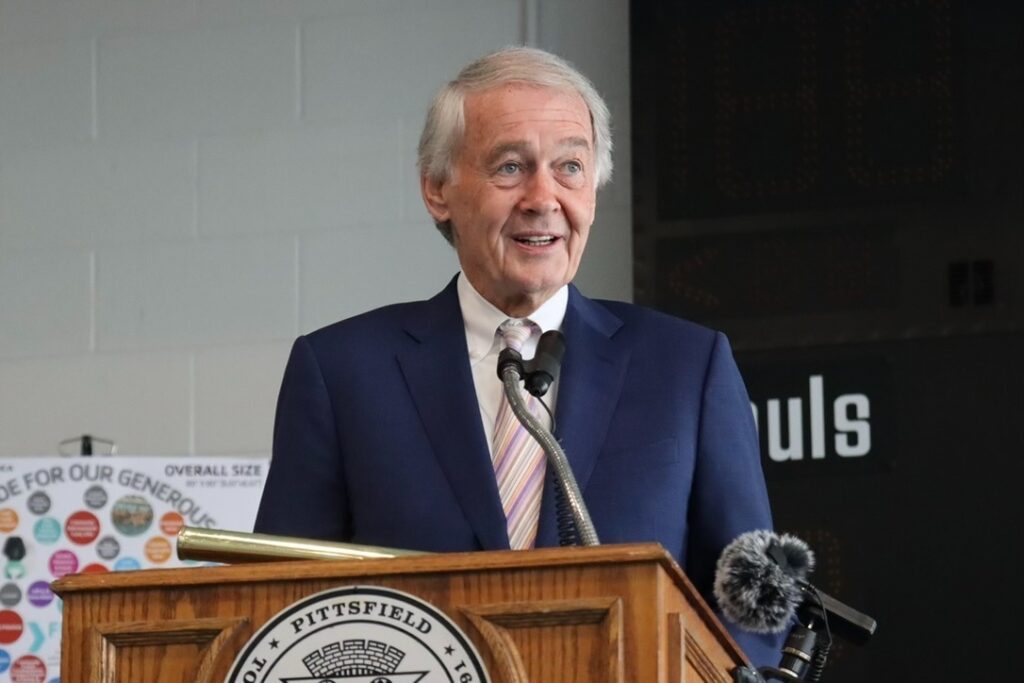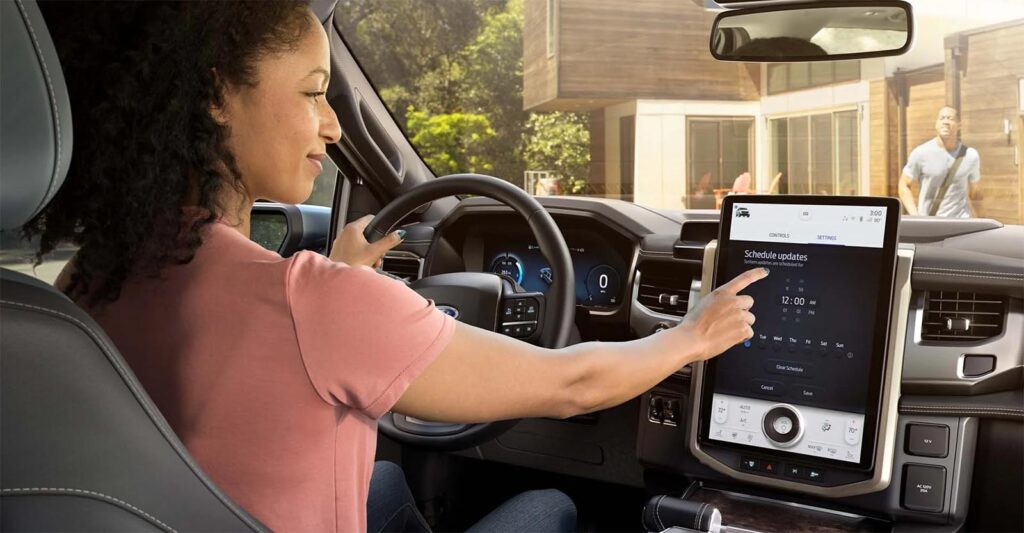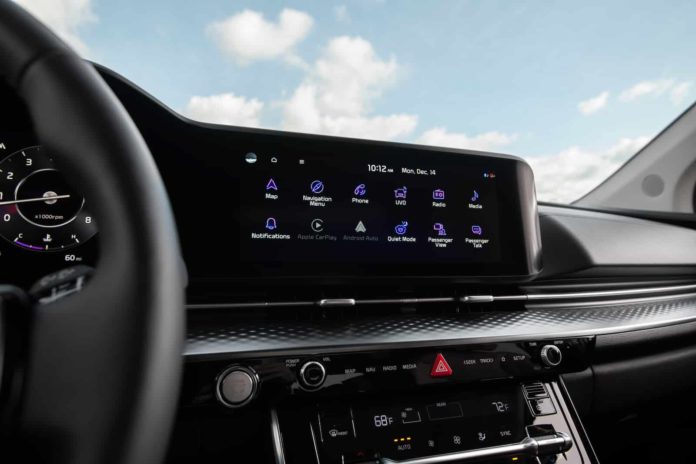On the cool fall evening of Oct. 17, 1989, I was huddled with my neighbors outside my home, located in the coastal mountains just outside of Santa Cruz, California. The Loma Prieta earthquake had shaken the foundations of the central coast just hours before, and none of us felt safe indoors.
Rumors and speculation were flying fast, as people arriving in the neighborhood said things like, “San Francisco has been destroyed” and “The Bay Bridge has collapsed.” That evening, we weren’t certain how long we might be on our own before electricity was restored and the tap water was certified safe to use.
To get the latest news, we turned on a car and scanned the AM radio dial for any news station that was broadcasting. That car radio gave us a connection to the world outside our neighborhood, and to the government relief efforts getting underway.
That event happened 34 years ago — over third of a century — and time and technology have advanced and today automakers are moving to eliminate AM radio from their vehicles. EV manufacturers especially report that electrical systems in the vehicles create interference with the AM signals. Drivers have experienced buzzing and crackling on the radio due to vehicle electrical systems for decades, with a variety of aftermarket fixes usually involving resistors or capacitors in the ignition system.
Automakers v. the Government
To date, eight automakers including BMW, Ford, Mazda, Polestar, Rivian, Tesla, Volkswagen and Volvo have eliminated AM radios as standard equipment on EVs. Tesla stopped including the band in 2018, and Ford said it would stop this year — in fact the 2023 Mustang Mach-E and F-150 Lightning do not have it, but will be able to get it through a software fix — but just recently backed away from that plan.
Senator Ed Markey (D-Mass) has spearheaded an effort — the AM Radio for Every Vehicle Act — to keep AM radios in vehicles, going so far as to send a letter to automakers asking their positions, and introducing legislation to mandate AM radios in vehicles.

“Broadcast AM radio is an essential part of our emergency alert infrastructure, but the responses to my letter show that far too many automakers are ignoring the critical safety benefits of AM radio,” said Senator Markey. “Although many automakers suggested that other communication tools — such as internet radio — could replace broadcast AM radio, in an emergency, drivers might not have access to the internet and could miss critical safety information.
“The truth is that broadcast AM radio is irreplaceable. As the auto industry rightfully replaces the internal combustion engine with electric batteries, I will continue to work to ensure that automakers maintain access to broadcast AM radio in all their vehicles.”
Markey’s position is echoed by seven past FEMA administrators, who wrote a letter to Secretary of Transportation Pete Buttigieg stating, “AM radio serves as a linchpin of the infrastructure behind the federal National Public Warning System, which provides emergency-alert and warning information from FEMA to the public during natural disasters and extreme weather events. Should EV makers continue removing AM radios from their vehicles, this vital public safety system will no longer function as intended.”
Although the drivetrain in electric vehicles may interfere with broadcast AM radio signals, Markey urged automakers to invest in new technologies to mitigate this interference so that it can continue providing free, accessible broadcast AM radio in their vehicles.
A political angle

One group especially hard-hit by the move to eliminate AM radio is the talk radio industry. Because AM radio tends to have lower sound quality, it’s preferred over FM for spoken word broadcasts, such as sports and political programming. Predictably, those broadcasters and their listeners feel like they’re being frozen out of the communications spectrum.
“This would be a direct hit politically on conservative talk radio in particular, which is what most people go to AM radio to listen to,” said conservative pundit Sean Hannity. “People paid a lot of money for those signals, and they pay that money to, you know, the Federal government [that] gives out these licenses. What’s the point if they’re going to take away a significant percentage of the population’s ability to even get the station they would listen to the most while they’re driving?”
Hannity appeared confused between the Federal government, which is seeking to maintain AM radio in vehicles, and the automakers that are questioning its value. As for-profit corporations, automakers are not required to factor the political leanings of radio listeners into their business decisions.
It only works if you turn it on
According to Nielsen statistics reported in the Wall Street Journal, about 47 million Americans report listening to AM radio at least once a month. Regular listenership is far lower. According to an FCC review in 2009, “The story of AM radio over the last 50 years has been a transition from being the dominant form of audio entertainment for all age groups to being almost non-existent to the youngest demographic groups.

“Among persons aged 12-24, AM accounts for only 4% of listening, while FM accounts for 96%. Among persons aged 25-34, AM accounts for only 9% of listening, while FM accounts for 91%. The median age of listeners to the AM band is 57 years old, a full generation older than the median age of FM listeners.” The statistics have continued to skew in the 14 years since that report was issued.
Ford officials told the Detroit News the company collected data revealing less than 5% of customers listened to AM radio.
As the automakers point out, the vast majority of people receive official notifications on their phones, rather than through their cars. The Emergency Alert System, which replaced the old Emergency Broadcast System in 1997, and the Integrated Public Alert & Warning System Open Platform for Emergency Networks (IPAWS-OPEN), can interrupt programming on cable, satellite and broadcast television, as well as on AM, FM, and Satellite radio systems, and over cellular networks.
It can even take over electronic billboards and the Internet. The Reverse 911 system is used to generate mass phone calls on land lines and cellular networks to alert populations of local and regional threats. Most people have received Amber and Silver alerts on their phones from time to time through these systems.
With all those communication channels available, is AM radio still strictly necessary in every car for disaster communications? Probably not. After the Loma Prieta quake, I bought a hand-cranked AM/FM radio and put it in my home disaster preparedness kit. I’m glad it’s there, but in 34 years I’ve never had to use it.

